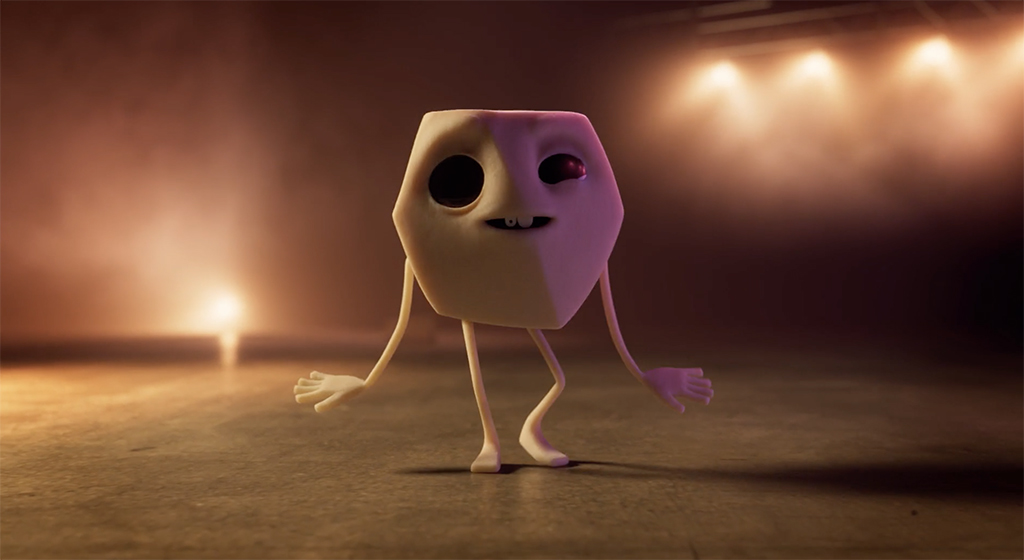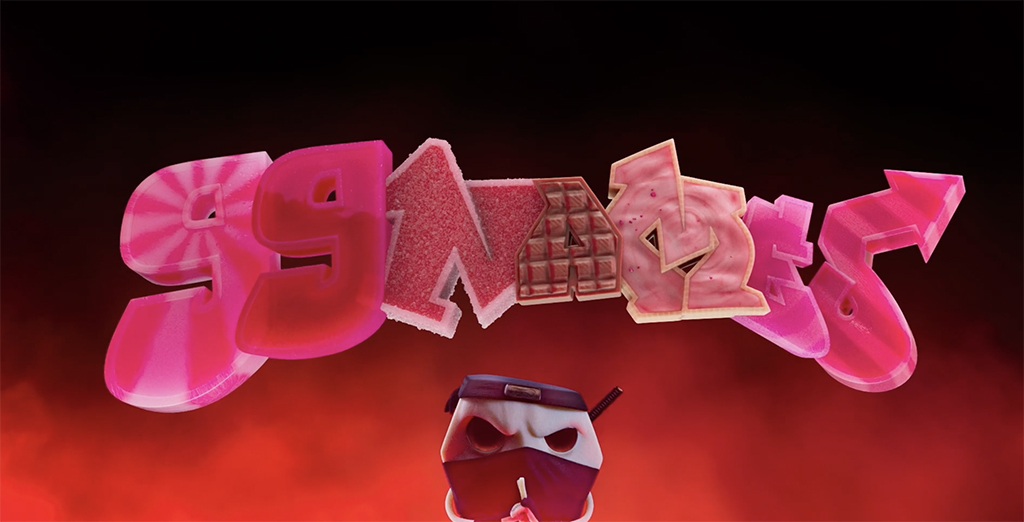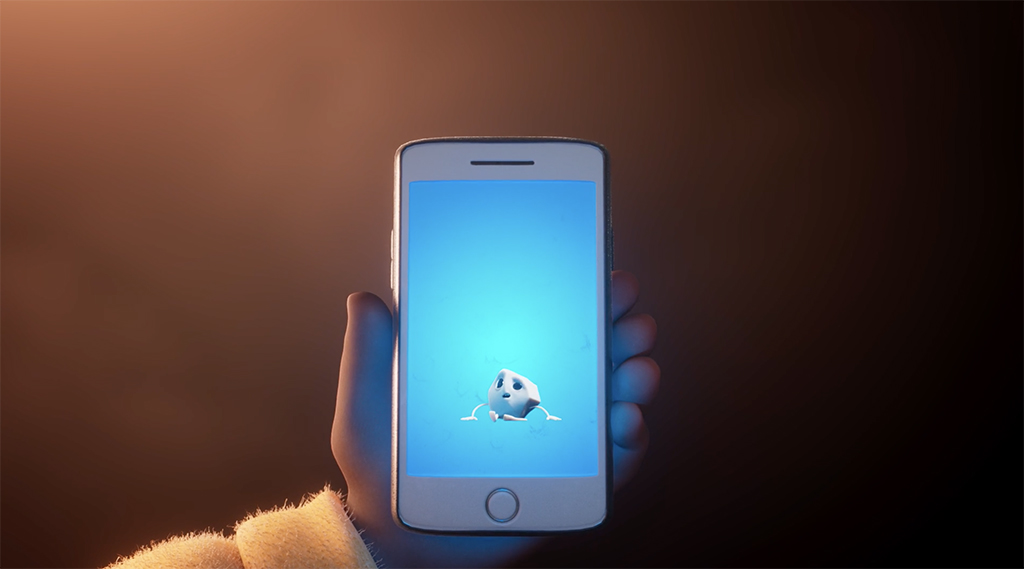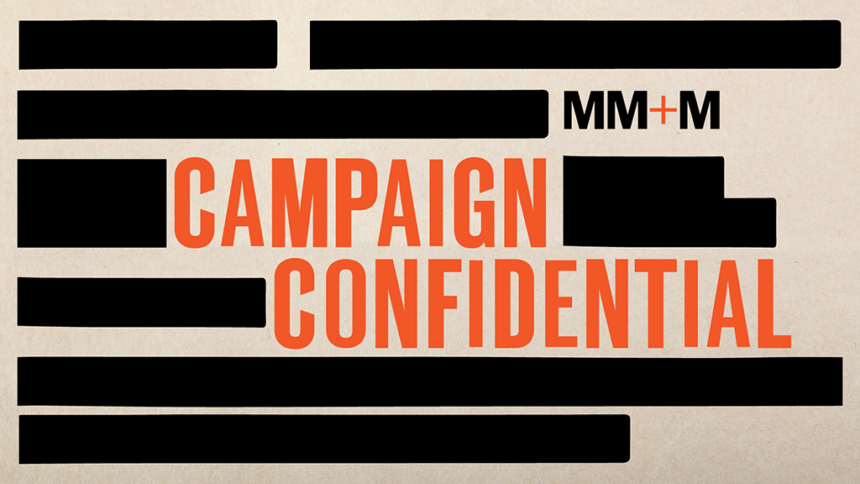Even before COVID-19, rates of childhood obesity — which often leads to the onset of type 2 diabetes — were alarmingly high. Reductions in afterschool activities and pandemic-related obstacles to accessing fresh, nutritious food have made the situation even worse.
A campaign and video featuring animated rapper Lil Sugar (and engineered by Hip Hop Public Health and Area 23) attempts to address the root causes of the scourge. Relying on a wardrobe that rivals Lady Gaga’s, Lil Sugar portrays the forms that sugar takes – dextrose, fructose, rice syrup, maltodextrin and more than a hundred others. Darryl “DMC” McDaniels, a Hip Hop Public Health advisory board member, provides the voice of Lil Sugar.

“It all starts with an insight, and our insight is that we all know to watch out for sugar,” said Area 23 chief creative officer Tim Hawkey. “We felt it was our duty to expose these names. This expose went right to ‘sugar is the bad guy and sugar is disguising itself.’”
Hawkey added that the Area 23 team settled on an approach early in the creative process. “The creative team knew early on that we were talking about a character — at the time, a sketch on a pad of a sugar cube with a black mask, cape and top hat.”
Lori Benson, executive director of Hip Hop Public Health, noted the approach is consistent with the organization’s broader vision.

“A lot of health communications are very punitive: ‘Don’t do this, don’t do that,’” she explained. “We like to harness the power of music and the way it lights up so many different circuits in the brain. We want to use the emotive connection to culture and music and a multi-sensory approach and model to capture the attention of young people with evidence-based messaging.”
Benson said that activating young people as health communicators in and around their communities was a secondary goal of the campaign. “They can be the conduits to share information. In communities of color in particular, they are sharing not just with parents, but aunts and uncles and extended families,” she added.
The campaign was boosted by the contributions of a number of organizations that offered their services pro bono. They included 3D and CGI animation house Zombie and audio firm Canja. Area 23’s illustrators and fine artists simultaneously created a children’s book.

Then there’s the campaign app, a Pokemon-style game allowing players to point it at a product and learn which types of sugar it contains. Users can pit the sugars they collect against each other in competitions.
The campaign’s disparate elements are designed to reach different age groups. Its language, however, is designed to encourage conversations with parents and guardians.
“Having those conversations in households is key,” Benson said. “Our main target audience is young people and their families. What we loved about Lil Sugar is that it fit into this model of raising awareness. We aren’t saying never to eat sugar, but to know that it’s sneaky and tricky and to think about choices.”







